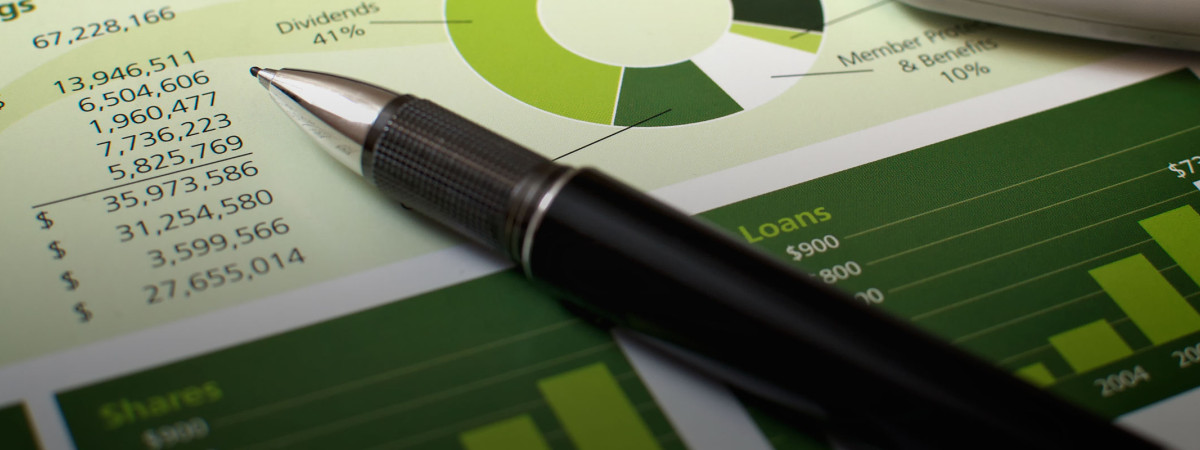
Last week, I wrote about a deliberately provocative debate hosted by Facebook on whether today’s sustainability reporting model is bloated, burdensome, and broken, and whether it should be discarded. I concluded that we should improve what we have, not discard it all together.
But this got me thinking: How can we fix today’s reporting model?
To answer that question, it is helpful to set out some universally agreed-upon truths about reporting:
- There are range of legitimate audiences for sustainability reports. Investors want to know information that is material for investment decisions, but other important stakeholders—such as civil society organizations—may have a different set of priorities. The IIRC and SASB are primarily directed at reporting to investors, while the GRI follows a multistakeholder approach.
- Reporting principles (such as materiality, comparability, and completeness) are pre-conditions for a quality reporting model. Both the IIRC and the GRI provide report principles—but some, such as comparability, are very similar in each, while others, such as materiality, diverge as a result of their different target audiences.
- Comparability requires consistent metrics. While numbers alone never tell the whole story, a high level of consistency is needed for numbers to be meaningful. Both the GRI and SASB provide lists of metrics for disclosure, but the metrics provided and the protocols for compiling and presenting information are different.
- Countries and regions have their own disclosure requirements. Sustainability challenges are both global and local, and the reality is that disclosure requirements will reflect that—global companies publish global sustainability reports, but they are also subject to multiple local requirements. The GRI and the IIRC are global in scope, but SASB is aimed at companies regulated by the U.S. Securities and Exchange Commission.
- Each industry has its own priority issues. The most material sustainability topics vary from industry to industry, and the information reported should vary accordingly. While the IIRC is written for all companies, SASB takes an industry-by-industry approach, and the GRI is a mixture of the two.
- Each issue has its own specialist audience. While some report readers want a high-level overview, others want detail on their issue of interest. As a result, there are reporting guidelines relating to human rights (RAFI), climate change (CDP), and diversity (EEO1 in the United States), for example.
The pessimist sees this as a chaotic cocktail of inconsistency. The optimist sees a flexible menu of options. I see the building blocks for a new reporting model that we are tantalizingly close to creating.
I believe there is sound logic behind every framework or standard being used today, but they suffer from multiple points of divergence: different but similar reporting principles, inconsistent protocols for compiling and reporting information on the same issues, different audiences and focus areas.
The task for the sustainability reporting profession over the next decade is to reduce these points of divergence to the minimum required to meet the information needs of different report audiences.
In essence, we need:
- Common principles for report quality, such as comparability, reliability, and clarity.
- Different but complementary principles for report content, such as materiality and stakeholder responsiveness—one set for investor-targeted reports, and one set for multistakeholder-targeted reports.
- One list of potentially material disclosures and metrics that allow for in-depth reporting on each issue.
- One list of common protocols for potentially material disclosures and metrics to ensure that reports are comparable and use consistent methodologies.

The bottom line: At least five different organizations offer guidance for sustainability reports totaling more than 700 pages—which is a lot of information for a single company (and in some cases a single person) to wade through when planning a report.
That complexity sucks the life out of accountability by making reports difficult to write, read, and use. Today’s reporting model is bloated—it’s not broken and shouldn’t be replaced—but it does need to be simplified and slimmed down.
Join us at the BSR Conference 2015 to explore the future of reporting in our “How to Fix Sustainability Reporting, and Why” session.
BSR’s latest sustainability insights and events straight to your inbox.
Let’s talk about how BSR can help you to transform your business and achieve your sustainability goals.
